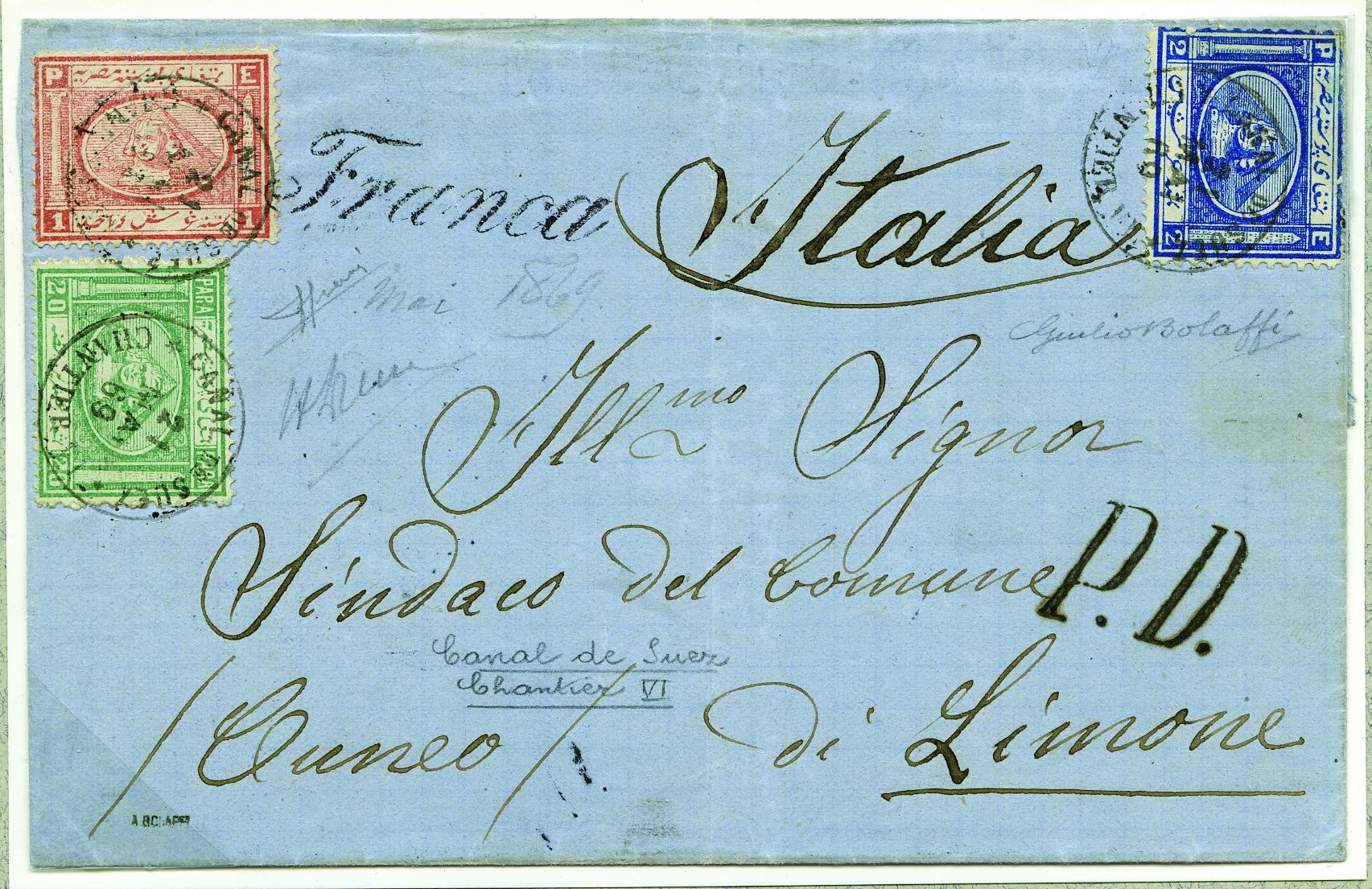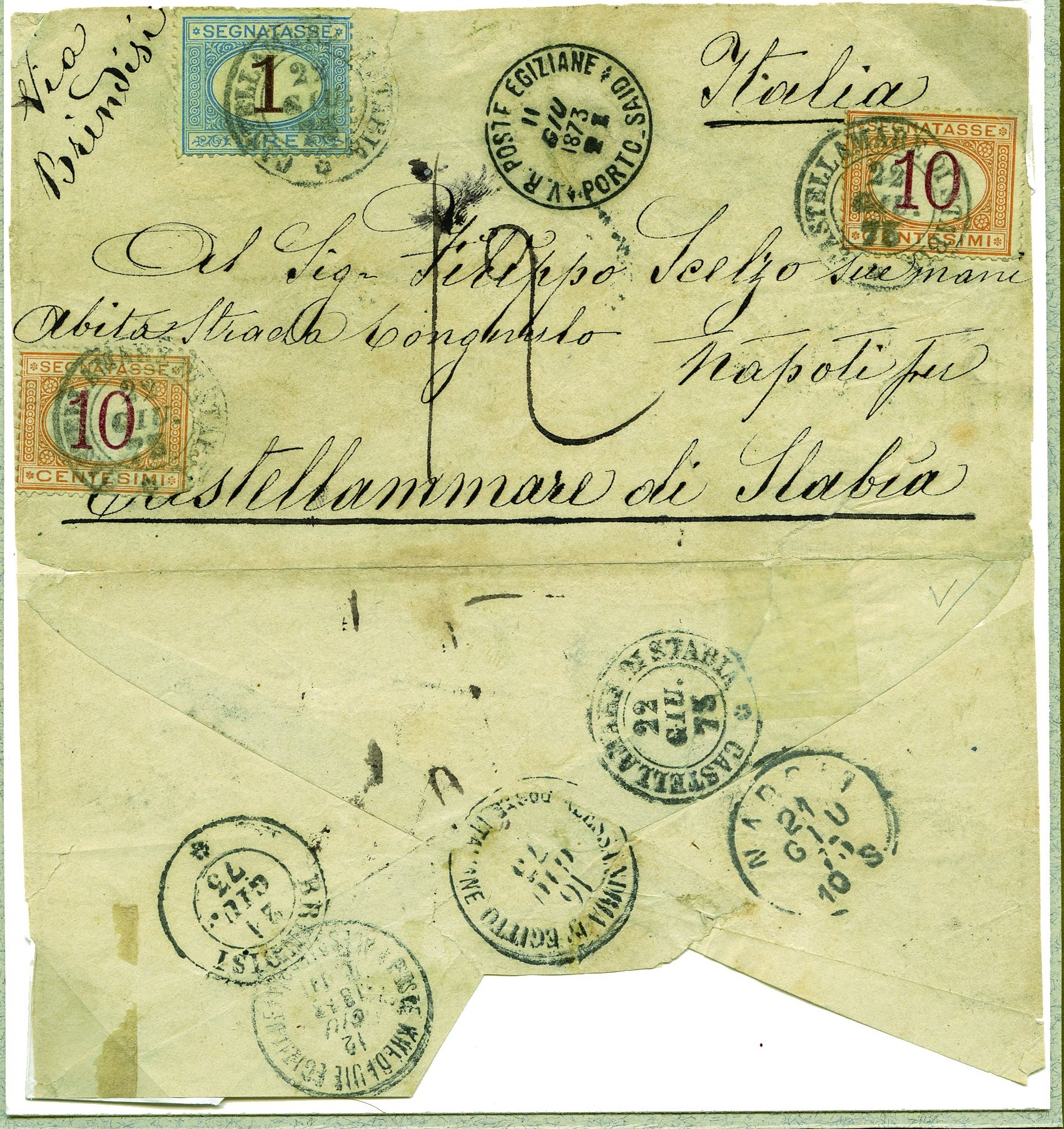
If you said ‘“Suez Canal’‘ to anyone in the last month they’d probably think of the maritime traffic jam caused by the Evergreen tanker (although it’s called Ever Given apparently) that blocked the strategic shipping route for a week, forcing some vessels transporting livestock and goods to turn around and head the longer route via the tip of Africa, which can add an additional few weeks to the journey. The scale of this tanker is quite staggering, weighing in at 200,000-tonnes, 400 metres long – which is four football pitches – and is one of the world’s biggest container vessels. This blockage was fascinating and at times amusing to many not directly affected, and the more you look into the Suez Canal the greater its captivating history grabs you. Basically, it’s an artificial sea-level waterway which cuts through Africa and Asia, connecting the Red Sea with the Mediterarinen Sea and takes around 11 to 14 days off the shipping times for those who prior to its completion in 1869, following 10 years of construction, would have had to venture all the way around the Cape of Good Hope and be at the mercy of the weather and sea conditions, which were not always as calm as a canal.
As a consequence, this 120 mile stretch between Port Said and Suez Port, which might be situated in Egypt, has always been extraordinarily global and attracted not just floating traffic from around the world but also political and commercial attention from far and wide. Now a gentleman who would no doubt have had a chuckle at this Evergreen episode, and been able to give you far more insight into this gem of a hotspot on the planet is the world class Egyptian philatelists Samir Fikry, (1932 to 2018), an Architect Decorator by profession, who formed ‘The Nile Collection’ which won him an international Grand Prix and a Grand Prix d’Honneur. He also assembled a detailed study upon ‘The Postal Service in the Suez Canal Zone 1838 to 1880’, which was collated into a book published by David Feldman SA, and this great philatelic collection hardback edition has kindly been made available to the Museum of Philately.
Now what you notice when reading about Samir Fikry’s achievements in the world of stamps and postal history is that he is one of the all time great modern day collectors. He straddled the 20th and 21st century, winning his two Grand Prix’s in 1989 and 1990, and continued to collect and serve the philatelic community right through the first part of the 21st century. Now when you say modern day, you often think that there is a difference between a collector from this era and perhaps that of the 19th century period, sometimes known as a classic collector. But the thing with Fikry is that he was a classic collector, who graduated through the international ranks to become what today is regarded as one of the great philatelists of our time. Like many stamp collectors he discovered the hobby in his teens, before becoming more serious, Fikry spent 30 years learning his philatelic trade and before he was 50 years old he’d formed respectable collections of Great Britain, France, Germany, Switzerland, Egypt and Sudan. But it was a visit to PhilexFrance in 1982 which inspired Fikry to focus his efforts upon Egypt, because he witnessed at that show a collector from Switzerland win the Grand Prix d’Honneur (E. Antonini) for an exhibit of Egypt. He immediately sold all other philatelic holdings, except his Egypt, and vowed that he would develop this into a Grand Prix winning exhibit. Now if any of you know anything about winning such awards, you’ll be aware that it’s not easy, in fact it is a very tricky business indeed, not least because of the competition, the standards, the rules, the time involved, money and all the variables. However, Fikry dedicated himself to what he went onto describe, “The Nile Collection”, illustrating the various aspects of postal history and then later stamp production and usage in Egypt from 200 B.C. to 1872. In New Dehli 1989 Fikry won the Grand Prix International. The following year in Auckland he went one better and won the Grand Prix d’Honneur. Now having achieved his ambition you’d think he’d perhaps take some time to enjoy his accomplishments, potter around and sort those undescribed albums, but no, true to his philatelic honors he got stuck into the serving as Vice President of the Grand Prix Club, a position he held until 1996. And from 1992, when Egypt joined FEPA, he represented that Society at all FEPA meetings. In 1997, he was elected a member of the FEPA Management Committee, a position he held until 2001. Fikry wasn’t shy in applying his keen eye in the frontline of judging and in 1988 became an accredited FIP juror and stood for ten consecutive international exhibitions. Fikry was a Fellow of the Royal Philatelic Society London and an active member of The Egyptian Philatelic Society; The Egypt Study Circle London; L’Académie Européenne de Philatélie Paris, Club de Monte-Carlo, The Collectors Club New York, and The Philatelic Congress of India New Delhi.
You have to take a deep breath after saying all that. In fact, if you laid out all the time, effort and achievements Samir Fikry gave to the world of philately, it would no doubt span four football pitches long, and do you know what, Fikry’s Nile Collection caused a traffic jam of its own, particularly when people stopped to stare at the Suez Canal study on display. The only difference here between the hold up caused by the Evergreen tanker is that without doubt no one caught up in the Fikry exhibit congestion minded waiting. There were no turnarounds heading for the Cape then, because everyone wanted to see the Good with the Hope of witnessing what one of the greatest modern day philatelists had architected. Fikry had the Grand Prix decorations but, like all of us will one day, he had to call it time on his philatelic journey, but you can still take a trip through parts of his award winning collection, which ironically is the “Suez Canal” aspect from Port Said through the calm waterways to Suez Port. No container ships are in sight, but it is just as historically captivating, and you can’t help but see the gigantuan philatelist.
EGYPT: 1869 Suez Canal cover with Suez Company cancel before this service was taken over by the Egyptian Government. The Only known Cover.
EGYPT: 1873 Suez Canal Foreign Rate Combination Usage Only Known Cover unfranked in Egypt and bears the postage due stamps of Italy.


